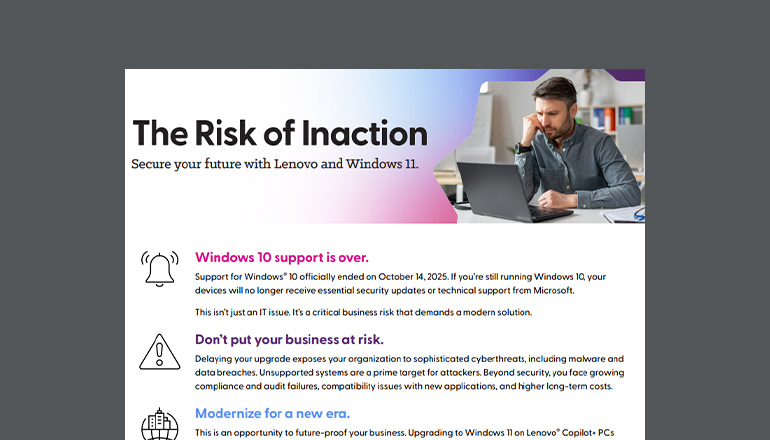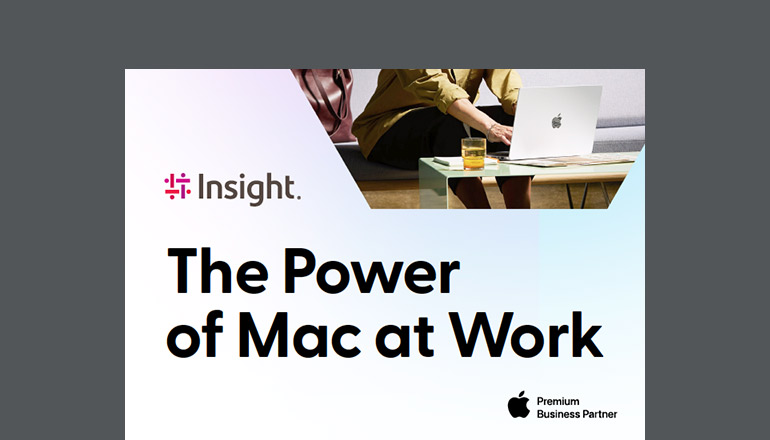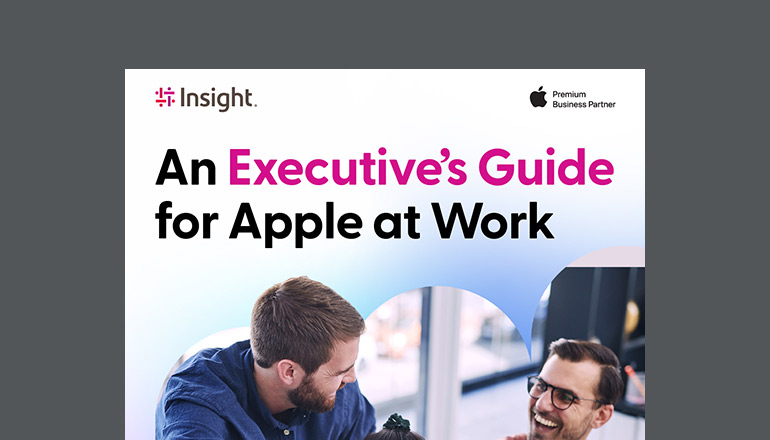Blog What is Gartner’s Magic Quadrant: Managed Workplace Services
Insight was named a niche player in the Gartner Magic Quadrant for Managed Workplace Services, North America, report for the third consecutive year. We believe this recognition affirms the execution of our vision to help clients create modern workplaces that promote collaboration and productivity through streamlined adoption of new technologies.
By Brian Gatke / 14 Feb 2019 / Topics: Modern workplace

Gartner’s work not only provides IT leaders direction on workplace services capabilities, trends and suppliers, but it also offers companies in the Magic Quadrant a forum to define themselves and the industry.
While end-user support programs are one focus of Gartner’s Magic Quadrant, Insight focuses our investments on the digital workplace aspects of the quadrant to provide cloud-first, automated and integrated support to end users. We also provide tools that enable the digital workforce to be highly collaborative and productive from any device, at any time and from any place.
More insight: In this blog, learn why you need to take your technology strategy a step further to create a successful digital work environment.
The digital workplace is the future of business.
In 2019, collaboration technologies will become more important than ever with the evolution of software such as Microsoft Teams and Cisco Webex. The ubiquity of these powerful tools almost guarantees these changes will impact how we develop content, share ideas and interact with our teammates. The result will be seamless, immersive digital experiences.
On that front, Insight is moving in a positive direction with a focus on both digital workplace and managed workplace capabilities. We have a respectable position in the industry with more than 40,000 buying clients who come to us for IT products and services. So a strategic approach for us is to offer transformational capabilities to help both big and small clients achieve a digital workplace and manage those cloud-centric, modernized architectures.
This is crucial to ensuring the viability and continued success of our clients. We’ve finally tipped beyond a point where enterprises across industries aren’t just dabbling in cloud architectures — they’re now the de facto.
This move toward cloud-centric environments, coupled with the convergence of devices, means many employees can now be as productive on their phones as they are on their PCs. And in the face of growing talent shortages, organizations are quickly realizing the advantages of providing modernized architectures and technology.
Just a few years ago, the idea of working “anywhere, on any device” was well ahead of its time. But in 2019, you’ll see that idea really manifesting. People will be waking up realizing they only work within specific, persona-based digital workspaces such as Microsoft Teams and can do so on any device.
This is the year when digital agility will really start to culminate for end users, and I suspect most will be able to look back to recent years and see how differently they interacted with their work. I think employees will often question how they got by without a digital workspace like Microsoft Teams or Cisco Webex Teams.
Device and services acquisition is changing.
Consumption for clients of Anything as a Service (XaaS), particularly where services, infrastructure and devices are bundled together, will increase more in 2019 than it has in the past two years.
And the launch of Microsoft Managed Desktop and emphasis on Microsoft’s Cloud Solution Provider (CSP) model are indicators of what’s coming. All sorts of combinations of device, licensing, infrastructure and services will exist, and suppliers that offer the most elasticity will win.
Businesses are interested in managed services offerings that allow them to transition to modern technologies and the architectures Original Equipment Manufacturers (OEMs) are moving to. I’m talking about cloud-centric, analytics-rich productivity and collaboration technology that allows users to work best for their personas and have technology experiences at work that mirror their personal computing lives.
Insight assesses, designs, implements, migrates and manages end-user and endpoint technologies and is placing extra focus on unified management tools, as we believe the convergence of mobile and PC devices and operating systems is at hand.
The provisioning of devices — specifically the operating systems and architectures they use — is so cloud-centric and prolific that you can now provision a device directly out of the box and have it integrated and on the network instantaneously. In the past, that task required shipping devices, and lots of labor and time to achieve.
Today, Insight can easily provision and manage cloud architecture for our clients. Because OEMs are providing subscription-based licensing models, we can deliver, change and decommission architecture and compute very quickly and do different things with them. Clients aren’t bound to those old legacy licensing agreements.
Did you know? Insight offers a broad range of managed workplace services. Read reviews by Gartner-verified enterprises.
The future of workplace services
Looking forward, Insight will continue to invest in embedding Artificial Intelligence (AI), analytics and security into both managed workplace and digital workplace solutions. In 2019, our product development team is committed to creating new offerings aligned with client needs and emerging market trends.
We believe what differentiates us is our focus on delivering value through effective introduction and adoption of new tools in digital environments, meaningful consumption and use of those tools, and client success — which is ultimately measured through the end-user experience.
Anyone can provide Microsoft Teams for a client. But Insight can incorporate intellectual property, a compelling piece of AI or automation, or an architecture designed to help a specific kind of user leverage Teams more effectively.
And we provide clients with a clear roadmap and support to take them from where they are to where they need to be in order to achieve a consumer-like experience in the workplace.
We’re proud to be recognized in Gartner’s Magic Quadrant for Managed Workplace Services, North America, report we believe for the progress we’ve already made in this direction. As we continue to execute on our innovation roadmap, we plan to deepen and further refine our services offerings so that we can continue to help our clients shape and improve end-user experiences in the digital workplace.
This will enable businesses to attract top talent while also supporting the kind of productive, agile work environment needed to compete in today’s global, digital economy.




